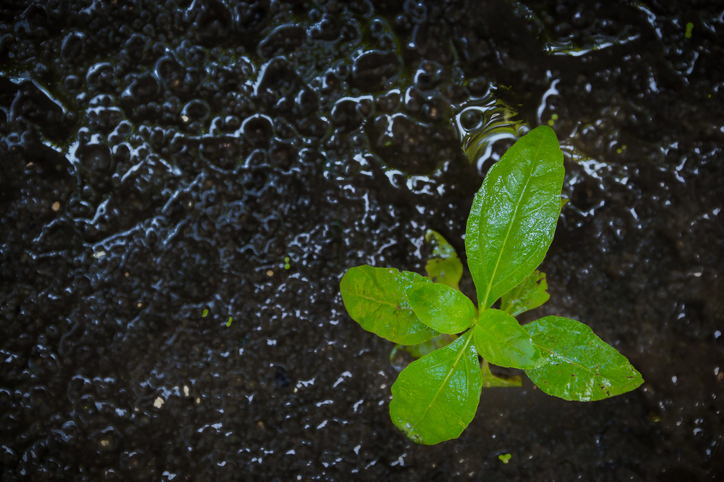As golden-crisp Autumn days begin to frost over and frigid Winter has come, some may turn off their weather-based irrigation system until warmer days of Spring arrive several months away. Because their plants have gone dormant and they believe they’re going to start dying off anyway, so why waste water? Also, in some regions snow will be blanketing the ground surface. So how would it be possible to keep plants growing in such frozen conditions?
But even though perennial plants do indeed go dormant in the Winter, it’s important to realize, there’s still life deep below the frozen ground surface in the root systems of those plants. Actually, it’s during Winter months when roots get busy, strengthening and spreading out to prepare plants for the growing Spring season to come.
When plants go dormant, it doesn’t mean they’re dying. It’s only a state of metabolic inactivity in response to adverse growing conditions—such as the harsh conditions of Winter– and they’re conserving energy. But although foliage and outer leaves are withering above ground, life still exists below ground in the roots and core of the plant. And those root systems will need hydration throughout the months of Winter if they are to continue strengthening and spreading to prepare plants above ground for the Spring growing season ahead.
In order for roots to strengthen and spread deep in their root zones, they’re going to need the proper amount of moisture to survive. Simply put– no hydration deep in the root zone, roots wither up and die. Which means that dormant plant above ground will not be growing come Springtime.

So how is it possible to know when dormant plants above the frozen ground surface need hydration deep in the root zone? Even if you were to manually turn your irrigation system on and off to give your landscape a little hydration, how do you know if it’s enough … or too much?
That’s where Soil Moisture Sensors work hard to keep your plants healthy, and protect them from being overwatered or under-watered during the harsh, frozen days of Winter.
Buried deep below ground in the root zones of plants and shrubs, ultra-sensitive Soil Moisture Sensors accurately determine within ± 3 percent of the actual volumetric soil moisture content in the surrounding soil—just as a thermostat in your home can read the indoor temperature. The soil moisture sensors then transmit those valuable readings to the irrigation controller so it can deliver the proper amount of hydration to root systems to keep them thriving.
Reading soil moisture data transmitted by those Soil Moisture Sensors, your controller efficiently reduces water waste by only irrigating when it’s necessary—such as when the root zones around plants are in need of hydration. Smart irrigation technology will also utilize rain/freeze sensors to prevent your irrigation system from running when temperatures approach freezing, to prevent damage to your plants and landscape.
Bottom line … today’s smart irrigation technology will not only save you time, water and money, it will help your dormant plants’ root systems survive the frozen months of Winter to grow strong, healthy plants come Spring!

